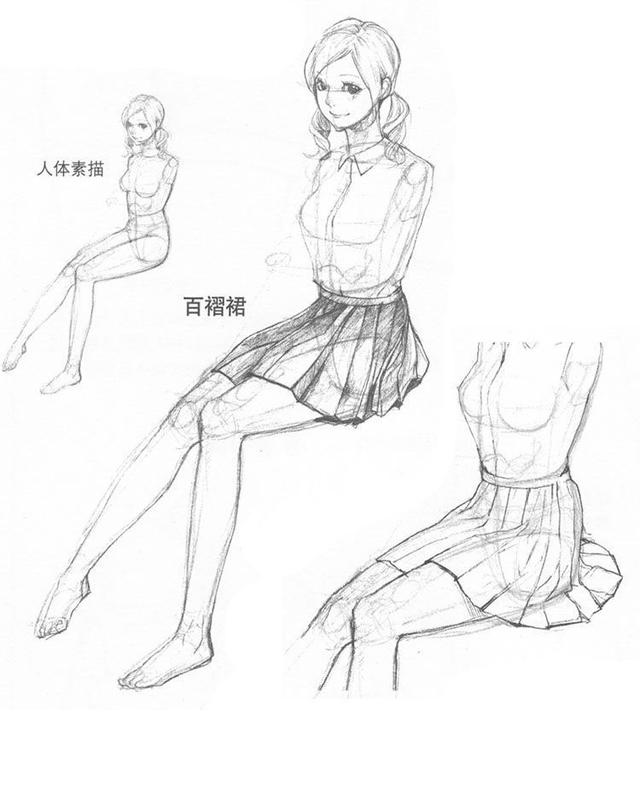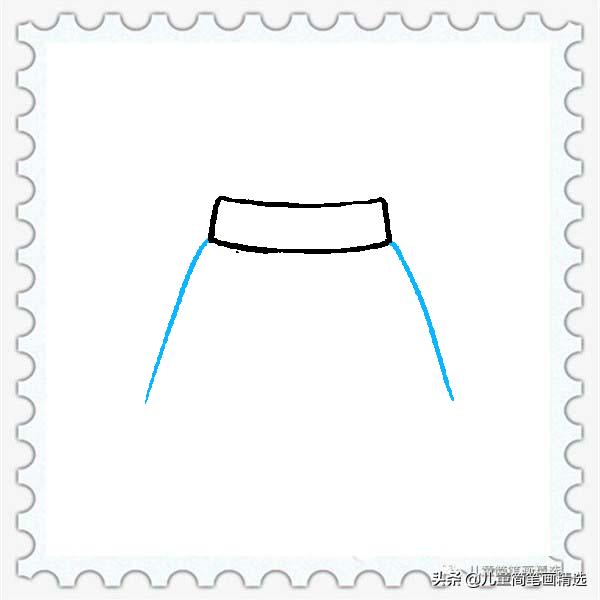服装行业污染水资源吗(租衣服比买衣服更环保吗)
时下,租衣服穿已经成为越来越多年轻人的新选择。买衣服和租衣服,哪个更环保?你可能想当然地认为租衣服更环保,但是事实并没有那么简单。

Photo by Marcus Loke on Unsplash
Sustainable fashion expert Elizabeth Cline isn't convinced.
可持续时尚专家伊丽莎白·克莱因不相信租衣服比买衣服更环保。
Clothing rental is a hot new industry and retailers are clamoring to get on board in hopes of attracting newly conscientious shoppers. This past summer alone, Urban Outfitters, Macy's, Bloomingdale's, American Eagle, and Banana Republic have all announced rental subscription services – a sure sign of changing times.
服装租赁是一个热门的新行业,为了吸引环保意识苏醒的消费者,零售商们争先恐后地想跻身这一行业。仅在刚刚过去的这个夏天,Urban Outfitters、梅西百货、布鲁明戴尔百货、美国鹰牌服饰和香蕉共和国品牌都宣布推出租赁服务——这绝对是时代改变的一个信号。
conscientious [ˌkɑːnʃiˈenʃəs]: adj. 尽责的;本着良心的
But is renting fashion actually more environmentally-friendly than buying it, and if so, how much more? Journalist and author Elizabeth Cline delved into this question in a feature article forElle, and she concluded that it's not as sustainable as it seems.
但租衣服是否真的比买衣服更环保,如果是真的,能有多环保呢?记者、作家伊丽莎白·克莱因在为《ELLE》杂志写的一篇专题文章中探究了这一问题,她得出结论说,租衣服并没有表面看起来的那么可持续。
Take shipping, for example, which has to go two ways if an item is rented – receiving and returning. Cline writes that consumer transportation has the second largest footprint of our collective fashion habit after manufacturing.
以运输为例,租赁衣服需要运输两次——收到和返还各一次。克莱因写道,由于我们的集体时尚消费习惯,消费运输留下的碳足迹仅次于服装制造。
She writes, "An item ordered online and then returned can emit 20 kilograms of carbon each way, and spirals up to 50 kilograms for rush shipping. By comparison, the carbon impact of a pair of jeans purchased outright (presumably from a brick and mortar store) and washed and worn at home is 33.4 kilograms, according to a 2015 study commissioned by Levi’s."
她写道:“根据2015年李维斯委托开展的一项研究,在网上租赁一件衣服并归还,单程排放20千克碳足迹。运输急件排放的碳足迹可高达50千克。相比之下,一条在实体店直接买下的牛仔裤清洗后在家穿着所排放的碳足迹为33.4千克。”
Then there's the burden of washing, which has to happen for every item when it's returned, regardless of whether or not it was worn. For most rental services, this usually means dry-cleaning, a high-impact and polluting process. All the rental services that Cline looked into have replaced perchloroethylene, a carcinogenic air pollutant that's still used by 70 percent of US dry cleaners, with 'hydrocarbon alternatives', although these aren't great either.
而且还有清洗的负担,每一件租赁的衣服归还时都要清洗,无论是否穿过。对于多数租赁服务而言,这通常意味着干洗,干洗的过程会产生污染,对环境影响大。克莱因调查的所有租赁服务商都已经用碳氢化合物代替了全氯乙烯来干洗衣服,不过碳氢化合物也不是很环保。美国七成干洗店仍然在使用致癌的空气污染物全氯乙烯作为干洗剂。
"They can produce hazardous waste and air pollution if not handled correctly, and they’re often paired with stain removers that are more toxic than the solvents themselves."
“如果没有正确处理这些化合物,就会产生有害垃圾,造成空气污染,而且这些干洗剂通常和去污产品一起使用,而去污产品比干洗剂更有毒。”
Le Tote is the only service that uses 'wet cleaning' for 80 percent of its items and strives to avoid dry cleaning unless absolutely necessary.
托特衣箱是唯一一个“水洗”80%衣物的租赁服务商,除非绝对必要,否则托特衣箱都会尽力避免干洗。
Lastly, Cline fears that rental services will increase our appetite for fast fashion, simply because it's so easily accessible. There's something called 'share-washing' that makes people engage in more wasteful behaviors precisely because a product or service is shared and thus is perceived as more eco-friendly. Uber is one example of this, advertised as "a way to share rides and curb car ownership," and yet "it has been proven to discourage walking, bicycling, and public transportation use."
最后,克莱因担心租赁服务会助长我们对快时尚的欲望,仅仅是因为得到新衣服太容易了。“共享洗衣”服务让人们更浪费,正是因为人们认为共享的产品或服务更环保。优步就是一个例子,它被吹捧为“通过拼车来抑制买车的方式”,然而“优步已被证实会阻碍人们走路、骑车和使用公共交通工具”。
Renting clothes is still preferable to buying them cheap and pitching them in the trash after a few wears, but we shouldn't let the availability of these services make us complacent. There's an even better step – and that's wearing what is already in the closet.
相比用便宜的价格买下新衣,穿了几次就扔进垃圾桶,租衣服还是更好的选择。但是我们不应该因为这些服务唾手可得而自满。更好的做法是——穿自己衣柜里的衣服。
编辑:陈丹妮
,免责声明:本文仅代表文章作者的个人观点,与本站无关。其原创性、真实性以及文中陈述文字和内容未经本站证实,对本文以及其中全部或者部分内容文字的真实性、完整性和原创性本站不作任何保证或承诺,请读者仅作参考,并自行核实相关内容。文章投诉邮箱:anhduc.ph@yahoo.com






